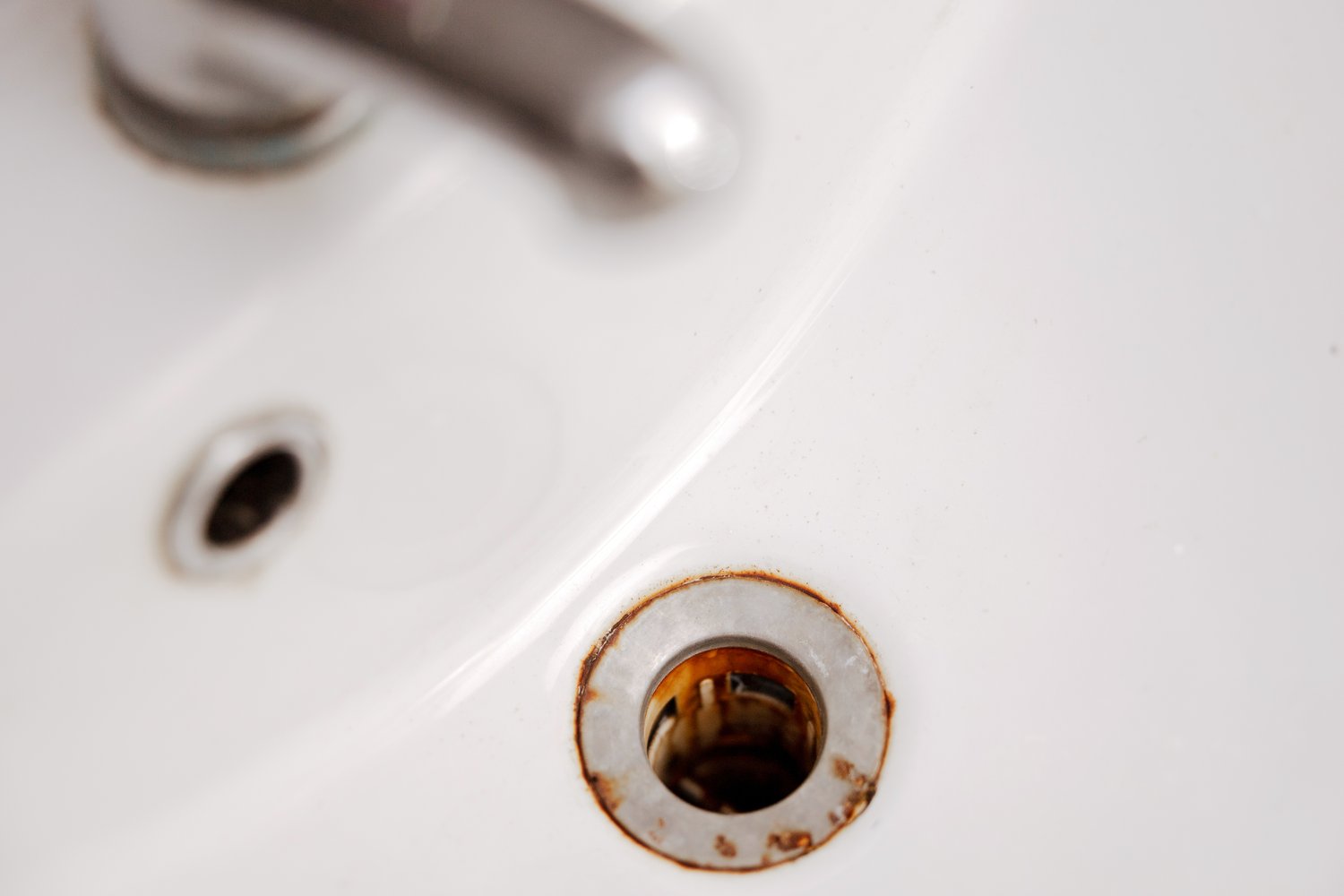A bathroom sink’s overflow drain might not be at the forefront of your mind until it’s clogged, causing slow drainage and potentially leading to more significant plumbing issues. Recognizing how your sink’s overflow functions and keeping it unclogged is essential for efficient water flow and overall plumbing health.
- Explore common causes of clogs in bathroom sink overflow drains and how these clogs can be solved using straightforward cleaning techniques.
- Learn about practical prevention tips, including regular maintenance routines and using drain guards, to protect the overflow drain from future blockages.
- Find out easy, step-by-step cleaning methods utilizing household items and specialized tools to maintain a clog-free bathroom sink overflow drain.
By understanding the root causes of overflow drain clogs and applying proactive maintenance and effective cleaning solutions, you’ll ensure long-term functionality and efficiency. Dive into these insights and empower yourself to tackle your bathroom sink issues with confidence.
Understanding Bathroom Sink Overflow Drain Clogs and Solutions
Bathroom sink overflow drains are essential components designed to prevent water from overflowing. However, they are prone to clogs which can cause other significant plumbing issues if left unattended. To maintain a fully functioning sink, understanding the common causes of clogs in these overflow drains is crucial.
One frequent cause of clogs is the accumulation of soap scum and mineral deposits. Over time, these substances form a tough layer inside the overflow drain, reducing water flow and potentially leading to blockages. Hair and small debris are also common culprits. They enter the overflow through the main drain and become lodged at bends or other narrow points.
Addressing these issues doesn’t have to be complex. Simple cleaning methods can effectively clear most clogs. Using a mixture of baking soda and vinegar is a popular choice for breaking down stubborn deposits. Simply pour a cup of baking soda followed by a cup of vinegar down the overflow, let it sit for a few minutes, and then flush with hot water.
For more persistent clogs, specialized tools like a drain snake can help remove obstructing debris. It’s a straightforward process that involves inserting the snake into the overflow and turning it to latch onto and extract the clog. Regularly cleaning your overflow drain can help prevent future issues, ensuring smooth operation and a healthier plumbing system.
Prevention Tips to Avoid Future Clogs in Your Bathroom Sink Overflow Drain
Preventing clogs in your bathroom sink overflow drain is more efficient and less time-consuming than dealing with them once they occur. By incorporating practical prevention techniques, you can maintain your sink’s functionality over the long term.
One effective strategy is to establish a regular maintenance routine. This can be as simple as running hot water down the overflow drain once a week to help dissolve soap scum and loosen any debris. Additionally, consider using a mild bleach solution periodically as it can kill bacteria and break down build-up.
Another preventative measure is the use of drain guards. These affordable and easy-to-install devices catch hair and larger particles before they enter the overflow. By capturing debris at the source, drain guards significantly reduce the occurrence of clogs.
It’s also advisable to be mindful of the products you use at your sink. Avoid rinsing hair, toothpaste, and other solid residues down the drain whenever possible. Educate family members about good bathroom sink habits to maintain a clog-free overflow drain.
By implementing these simple but effective prevention tips, you can enjoy a seamless bathroom experience without the hassle of clogged overflow drains.
Cleaning Solutions for a Bathroom Sink Overflow Drain: Easy Steps for Clog-Free Drains
Maintaining a properly functioning bathroom sink overflow drain is essential for preventing water build-up and potential overflow incidents. Understanding the most effective steps for cleaning this crucial component can greatly enhance your bathroom’s overall plumbing efficiency.
One practical method involves utilizing household items that you likely already have in your home. For instance, a mixture of baking soda and vinegar can be highly effective. Start by pouring half a cup of baking soda directly into the overflow drain, followed by a half cup of vinegar. Allow this mixture to sit for 15 minutes. The bubbling reaction helps dislodge debris, after which you should flush the drain with boiling water to remove any remaining blockages.
For those stubborn clogs that don’t respond to natural remedies, a plumber’s snake can be a useful tool. Insert the snake into the overflow hole and gently feed it through the pipe. Rotate the handle to latch onto the clog, then carefully retract the snake with the debris. This tool can reach areas inaccessible to other techniques, ensuring thorough cleaning.
If these methods don’t fully resolve the issue, the use of specialized commercial cleaning products designed for bathroom sinks might be necessary. Follow the manufacturer’s instructions carefully, ensuring that the product is safe for use with your plumbing materials to prevent damage.
This step-by-step approach not only helps maintain a clog-free overflow drain but also promotes the longevity and efficiency of your bathroom sink. Regularly integrating these cleaning practices into your maintenance routine can save you from potential plumbing headaches down the road.
Frequently Asked Questions About Bathroom Sink Overflow Drain Clogs
What causes a bathroom sink overflow drain to clog?
Over time, debris like hair, soap scum, and toothpaste can accumulate and cause blockages.
How often should I clean my sink’s overflow drain?
Regular cleaning every few months can help prevent clogs from forming.
Can I use household items to clean the overflow drain?
Yes, a mixture of baking soda and vinegar or a plunger can effectively clean minor clogs.
Are chemical drain cleaners safe for overflow drains?
It’s best to avoid harsh chemical cleaners as they can damage your plumbing over time.
What tools can help in cleaning an overflow drain?
A small brush, drain snake, or plunger can assist in effective cleaning.





